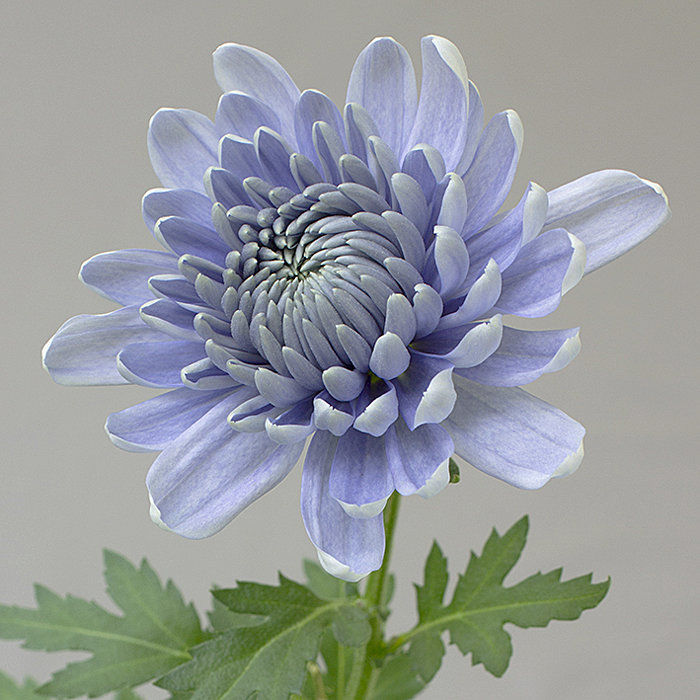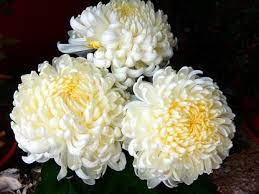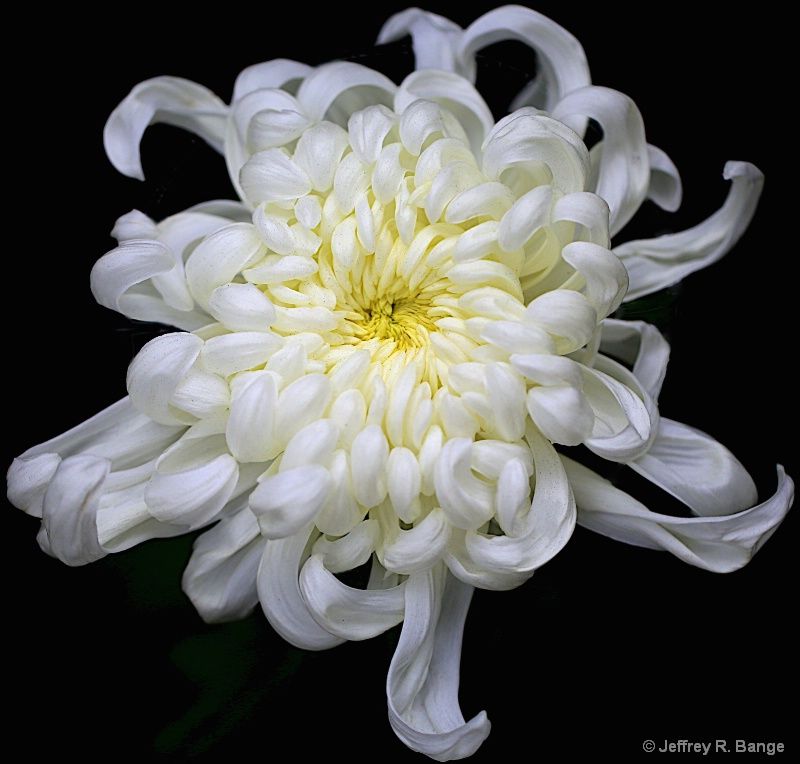Chrysanthemum
Chrysanthemums (/krɪˈsænθəməm/), sometimes called mumingtons or chrysanths,are flowering plants of the genus Chrysanthemum in the family Asteraceae.They are native to East Asia and northeastern Europe. Most species originate from East Asia and the center of diversity is in China.Countless horticultural varieties and cultivars exist.
Modern cultivated chrysanthemums are showier than their wild relatives. The flower heads occur in various forms, and can be daisy-like or decorative, like pompons or buttons. This genus contains many hybrids and thousands of cultivars developed for horticultural purposes. In addition to the traditional yellow, other colors are available, such as white, purple, and red. The most important hybrid is Chrysanthemum × morifolium (syn. C. × grandiflorum), derived primarily from C. indicum, but also involving other species.
Chrysanthemums are divided into two basic groups, garden hardy and exhibition. Garden hardy mums are new perennials capable of wintering in most northern latitudes. Exhibition varieties are not usually as sturdy. Garden hardies are defined by their ability to produce an abundance of small blooms with little if any mechanical assistance, such as staking, and withstanding wind and rain. Exhibition varieties, though, require staking, overwintering in a relatively dry, cool environment, and sometimes the addition of night lights.
Chrysanthemum blooms are divided into 13 different bloom forms by the US National Chrysanthemum Society, Inc., which is in keeping with the international classification system. The bloom forms are defined by the way in which the ray and disk florets are arranged. Chrysanthemum blooms are composed of many individual flowers (florets), each one capable of producing a seed. The disk florets are in the center of the bloom head, and the ray florets are on the perimeter. The ray florets are considered imperfect flowers, as they only possess the female reproductive organs, while the disk florets are considered perfect flowers, as they possess both male and female reproductive organs.
The pompon form is fully double, of small size, and very globular in form. Single and semidouble blooms have exposed disk florets and one to seven rows of ray florets. In the anemone form, the disk florets are prominent, often raised and overshadowing the ray florets. The spoon-form disk florets are visible and the long, tubular ray florets are spatulate. In the spider form, the disk florets are concealed, and the ray florets are tube-like with hooked or barbed ends, hanging loosely around the stem. In the brush and thistle variety, the disk florets may be visible.
In Japan, a form of bonsai chrysanthemum was developed over the centuries. The cultivated flower has a lifespan of about 5 years and can be kept in miniature size. Another method is to use pieces of dead wood and the flower grows over the back along the wood to give the illusion from the front that the miniature tree blooms.


